At the National Botanic Garden of Nepal (NBG)[1] there is a grove of Cyathea spinulosa which draws crowds of visitors and the tall plants are the backdrop of many visitor’s photos. The attraction is due in part to the dappled shade the plants provide, and also because they look so different from most of the other plants in the collection. Their single stems covered with aerial roots and huge fronds contrast with the flowering plants and conifers which make up the rest of the display. The Cyathea grove is ageing, occasionally one of the plants declines, and staff have been keen to bring on another generation of plants for some time. Now, ferns have been cultivated from spores for the first time in Nepal. This success in germinating them means that replacement plants for the Cyathea grove may be within reach.
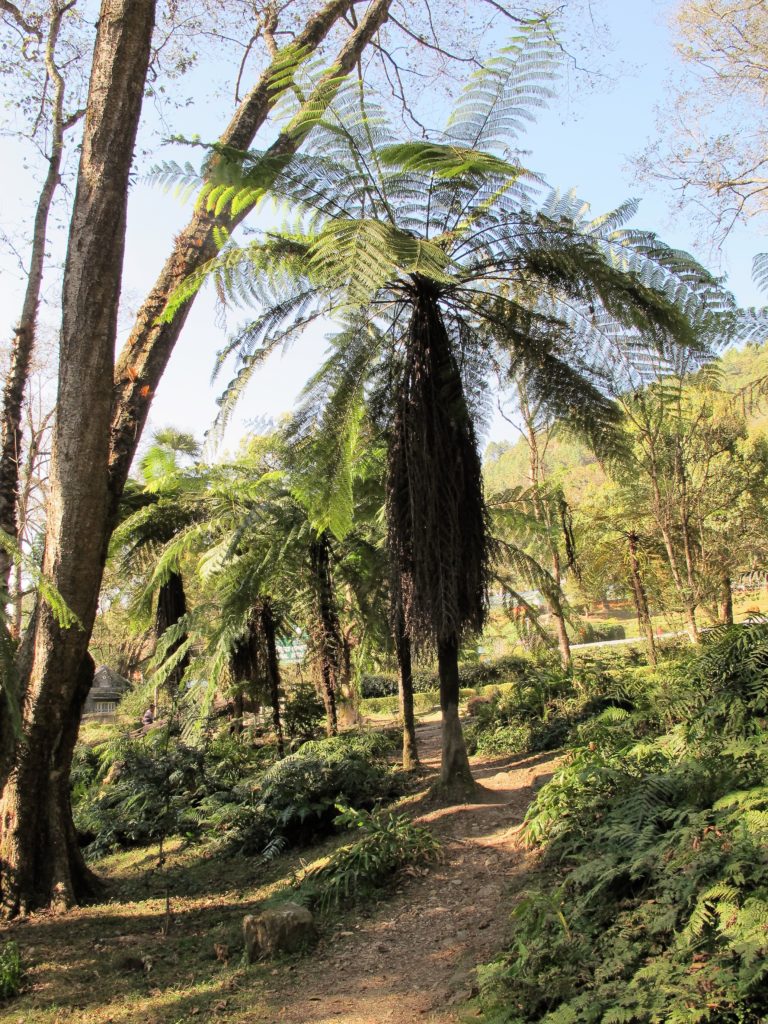
From 2017 to 2019 RBGE and DPR collaborated on a project to ascertain the distribution and conservation status of the three species in the genus Taxus (yew) which occur in Nepal. One of the aims of this project was to establish a conservation collection at NBG of these three species. In 2017 and 2018 fieldwork was undertaken to collect from several populations of Taxus mairei and T. contorta. Thirty-nine collections were made in total. Cuttings and seeds were collected from each population along with herbarium specimens and a full data set with information about the location, habitat, associated flora and the individual plants (such as height, girth, sex and health) from which material was collected. Seed germinated after some months and many of the cuttings rooted, so there are now a number of plants in the collection at NBG. The Taxus conservation collection is the first of its kind at NBG and as a result there was an appetite among the DPR staff to see how conservation collections and horticulture are managed at RBGE.
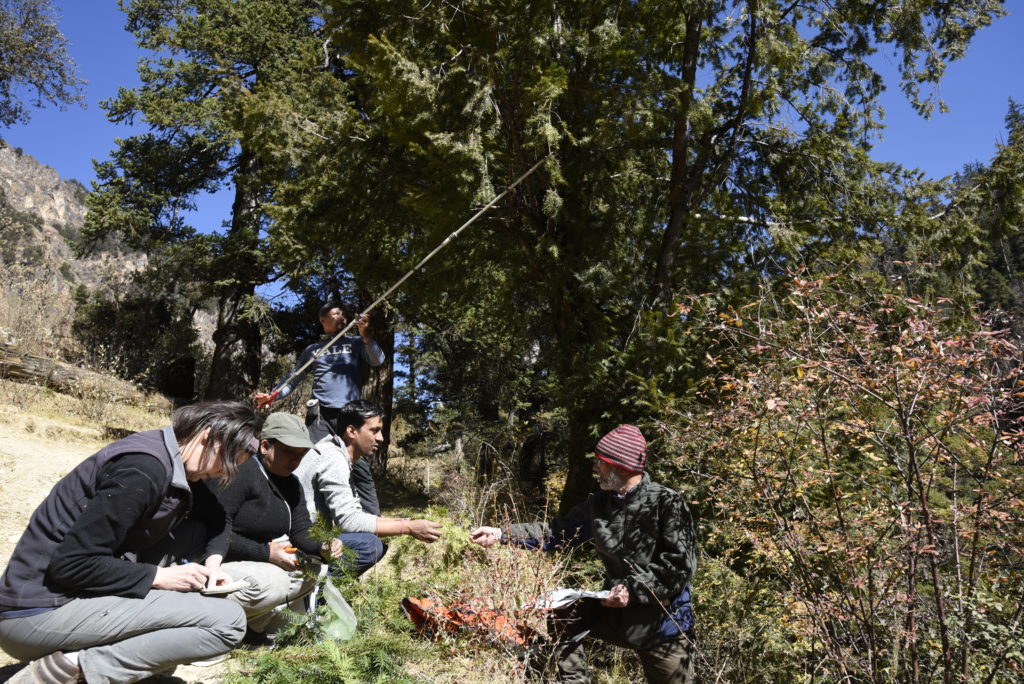
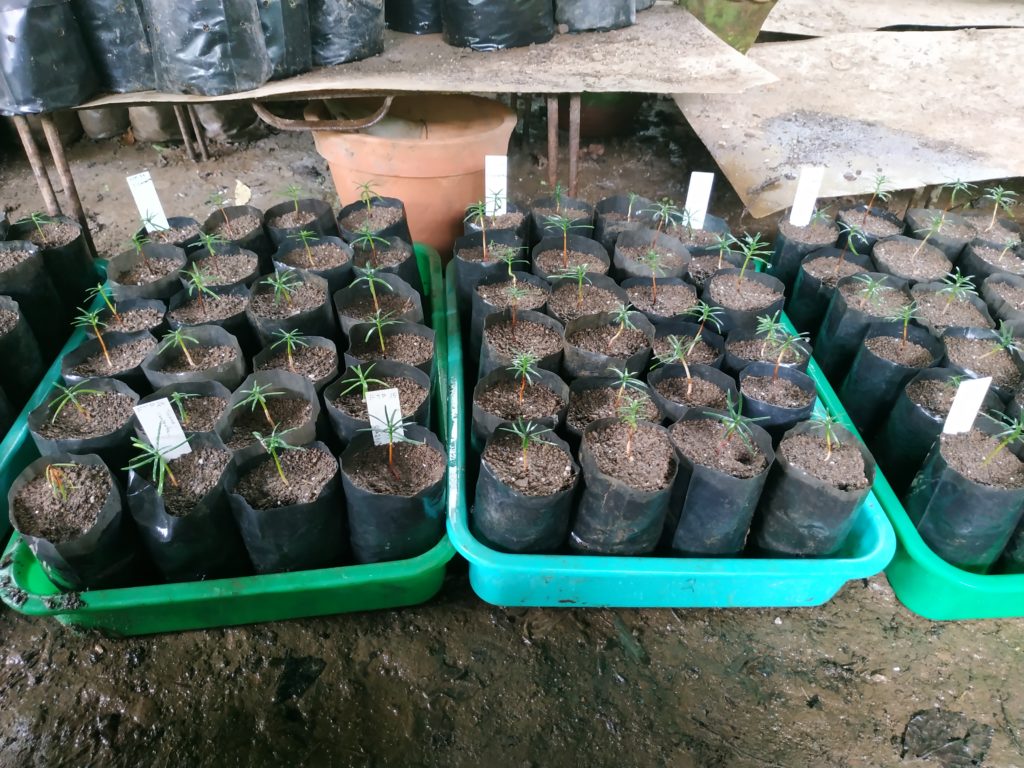
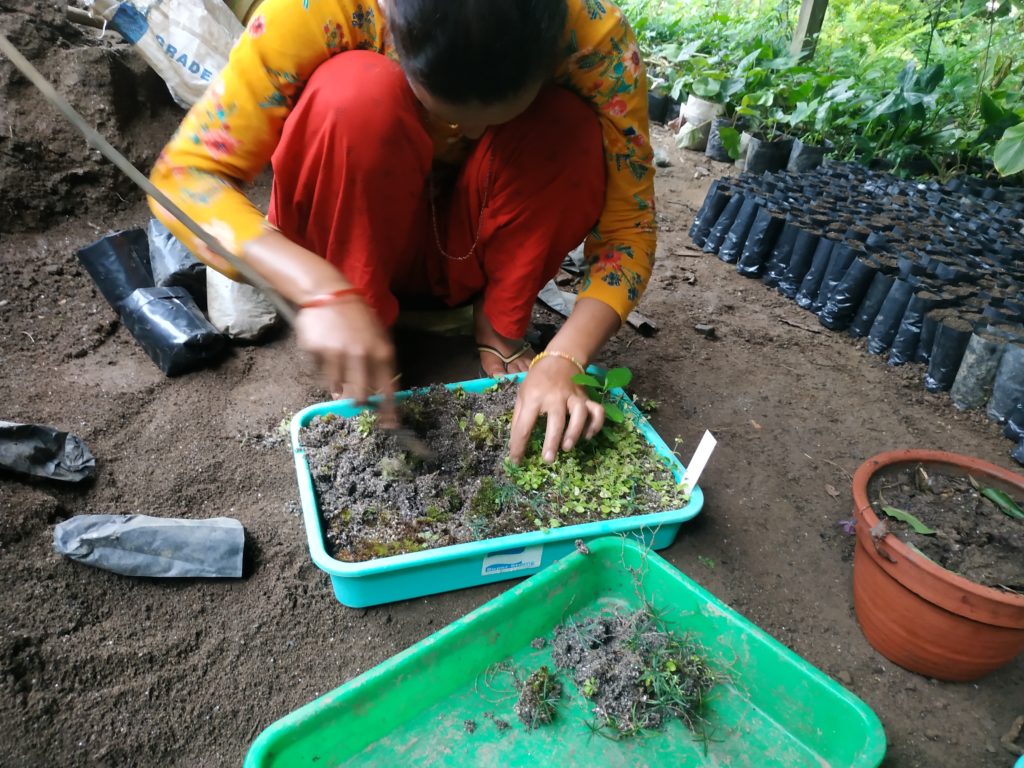
Kamal Nepali and Chandra Kala Thakur came to Edinburgh In October 2019 as part of the Taxus project. Kamal is a manager, researcher and horticulturist at NBG. Chandra is a horticulturist and researcher at Brindaban Botanic Garden in Hetauda, Makwanpur. This Garden is in the town of Hetauda, the capital city of Bagmati Province. The climate is hotter there than in the Kathmandu Valley. Temperatures reach up to 38° C, it rains less, and the topography is flatter.
Chandra and Kamal had a packed programme with the Horticulture Division while in Scotland. They spent one week with the horticulture team at Benmore, planting and stocktaking, and one week at Logan. There they wrapped tree ferns to protect them from winter weather and took cuttings for next year’s late summer displays. The remaining four weeks was spent at the Garden in Edinburgh working with the teams in the main garden, the nursery, the Scottish native collections, and with the display and research collections of the Indoor Department. Some days were also spent looking at record-keeping and making a map of NBG which would be used with the plant record system in place at NBG. While with the Indoor Department, they learned how to propagate ferns from spores. This process involves several stages which require close attention to detail to maximise the chances of sporophytes developing.
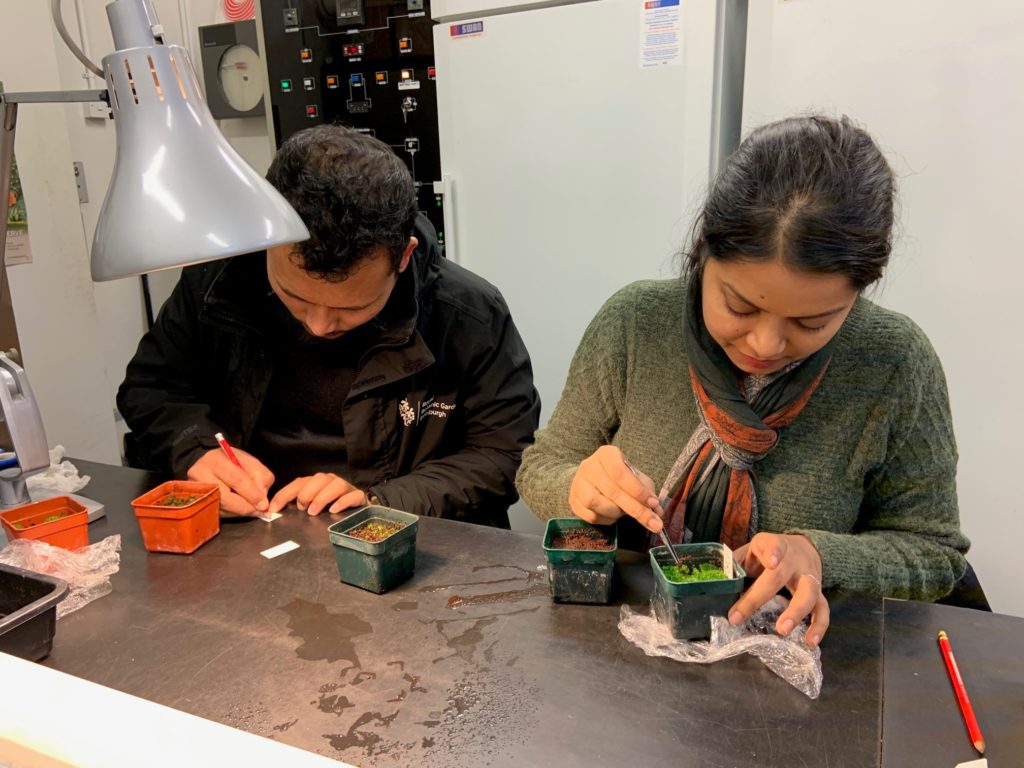
When she arrived back in Hetauda, Chandra sowed spores of three species, using the methods she learned in Edinburgh. All three have germinated. Tectaria coadunate and Dryopteris cochleata are both edible and widely used locally. They are producing sporophytes in Chandra’s horticultural laboratory. When the propagation methods have been consolidated and the technique transferred to communities, people will be able to grow these species for economic benefit.
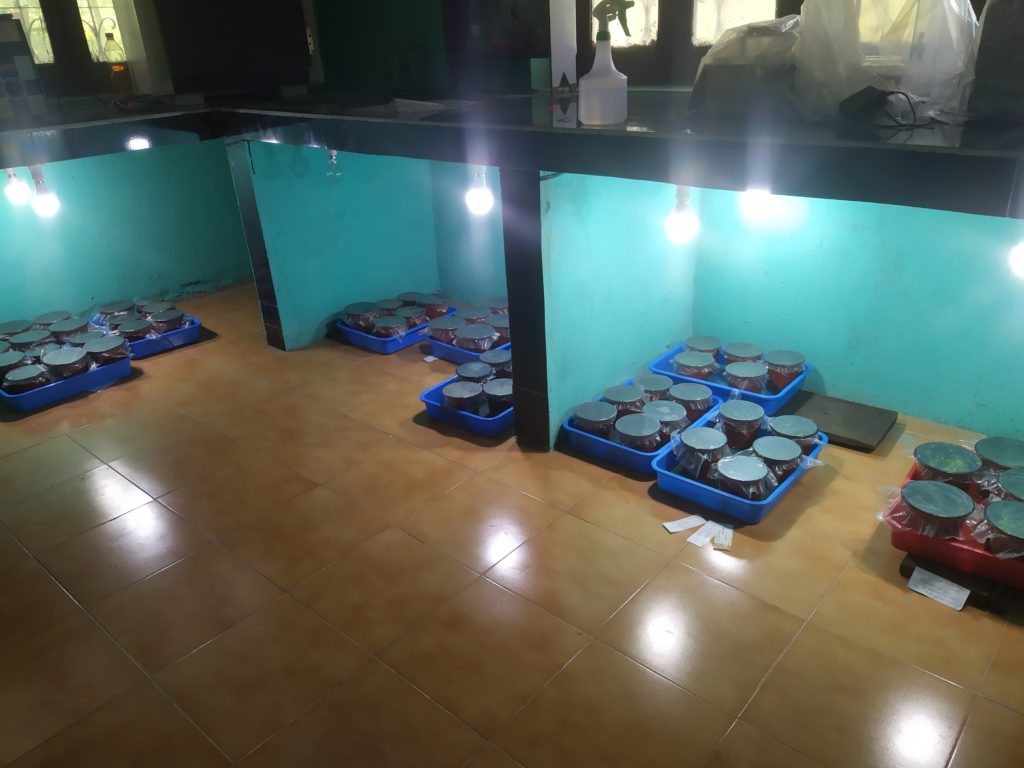
Cyathea spinulosa is a graceful tree fern, which occurs in damp sub-tropical forests. The propagation of these species, particularly Cyathea, is important because land use is changing rapidly in Nepal, as in many parts of the world. Land is cleared for agriculture to grow food and wood is used for fuel. Tree ferns need specific conditions to thrive and the forests where they occur are dwindling. Knowledge about the collection and cultivation of species can help to maintain populations where they are under threat. The spores Chandra sowed have germinated and are producing gametophytes, although sporophytes, the generation which matures to produce spores, have not been seen yet.
It can take years and a lot of care for a tree fern to reach a size whereby it can be planted out and survive without daily horticultural attention. There is still some way to go before Chandra’s gametophytes can be seen by visitors, but the experience gained from her work is providing a valuable base from which to develop the required techniques in Nepal. The living collections in the botanic gardens of Nepal go from strength to strength and the outlook for regeneration of the Cyathea grove is optimistic.
[1] The Garden, and the Herbarium (KATH) are in Godavari, a village 16km south of Kathmandu at the bottom of Mount Phulchoki, the highest mountain in the Kathmandu Valley. They are run by the Department of Plant Resources (DPR), a department of the Nepalese Government which sits within the Ministry of Forests, Soils and Conservation; it runs 12 botanic gardens and the main herbarium in Nepal.

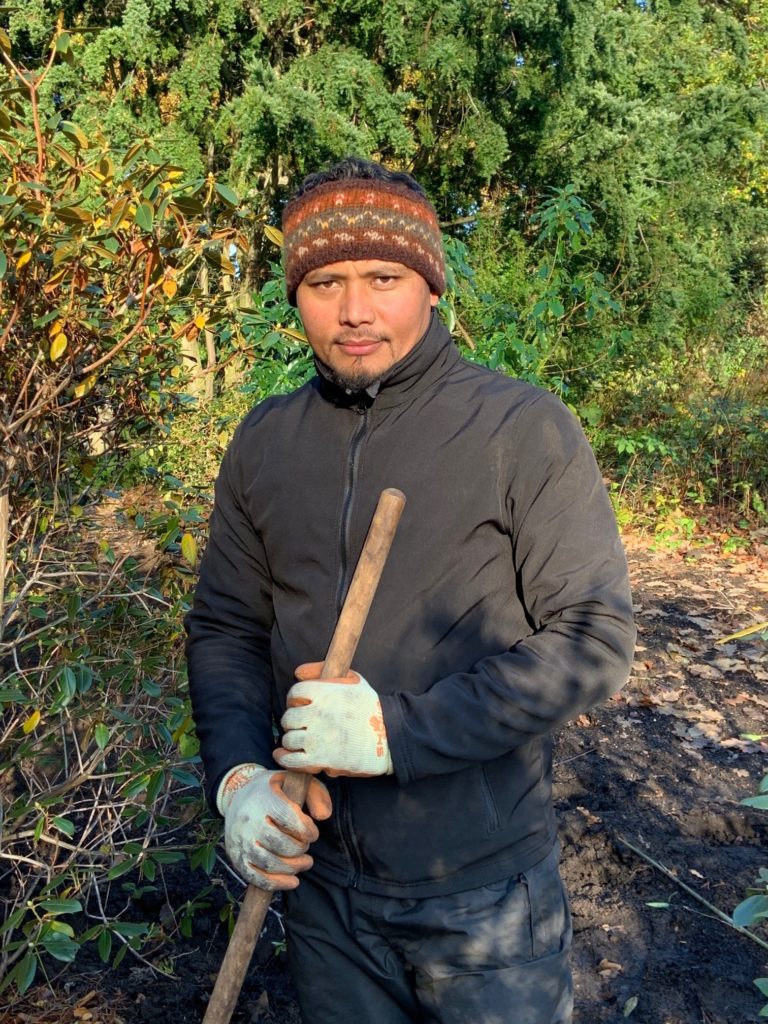
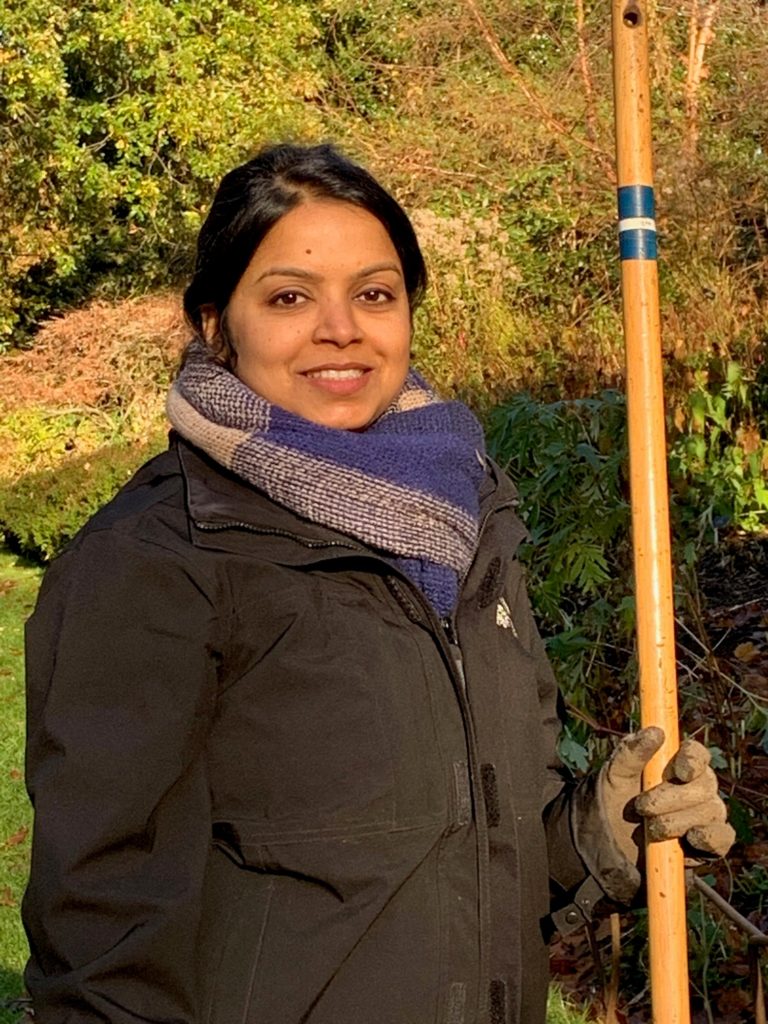
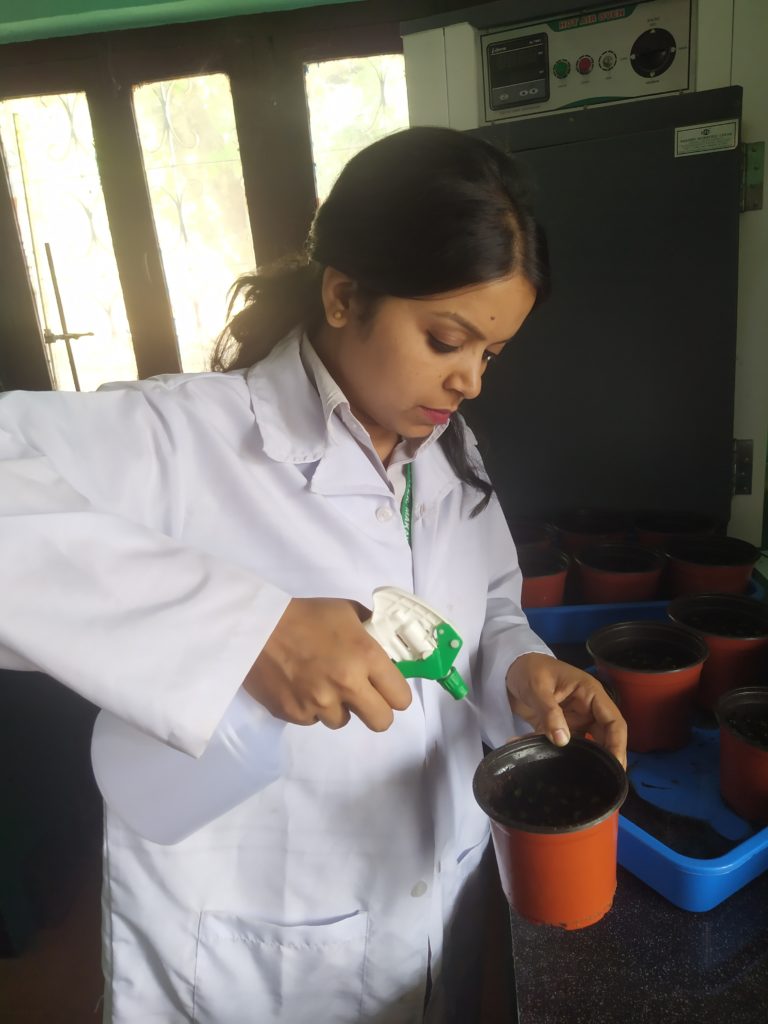
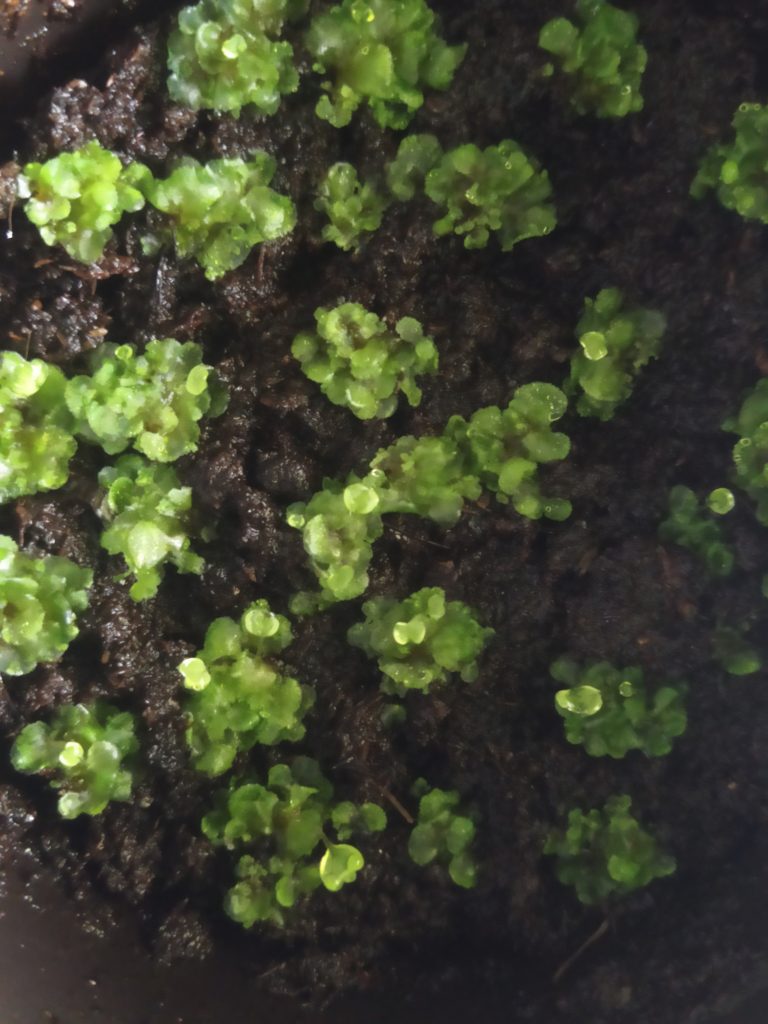
Bhupendra
Is there any center for seed or spores for cultivation.
Bhupendra
Is there any center for seed or spores for cultivation. Detail contact Please
Kate Hughes
I am not aware of a seed or spore centre. Perhaps the Department of Plant Resources in the Ministry of Forests Soils and Conservation in the Govt of Nepal could advise further?